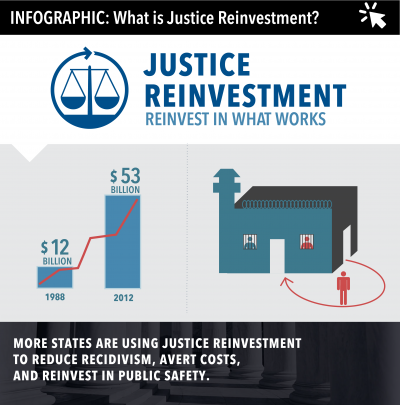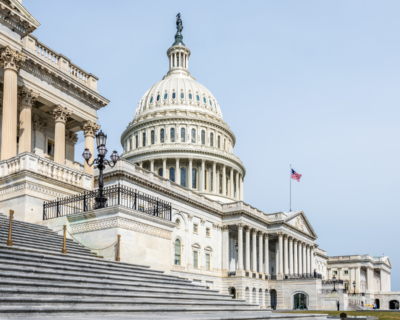
Louisiana Locks Up More Nonviolent Offenders Than Neighboring States Without Achieving Lower Crime Rates
State incarcerates violent offenders at a rate similar to other states in the South, while incarcerating nonviolent offenders at a much higher rate
Louisiana’s legislative leaders and Governor John Bel Edwards are taking a top-to-bottom look at our criminal justice system, aiming for a better public safety return on taxpayer dollars. They have appointed the Justice Reinvestment Task Force to conduct that analysis, starting with an in-depth look at data trends.
On August 11, Task Force staff made the first of several presentations on factors that are driving Louisiana’s incarceration rate. While the presentation provided a wealth of information, the most striking finding of the Task Force was that while Louisiana incarcerates violent offenders at a rate that is comparable to other southern states, we incarcerate nonviolent offenders at a much higher rate.
As the above graph illustrates, while crime rates in Louisiana, South Carolina, and Florida are nearly identical, Louisiana sends people to prison for nonviolent offenses at twice the rate of South Carolina and three times the rate of Florida.
This raises an obvious question: Are we reducing crime by locking up more nonviolent offenders? The graph below indicates that incarcerating more nonviolent offenders has not led to lower crime rates than other states in our region.
Why don’t we enjoy lower crime rates than our neighboring states? A key point for consideration is that while prison is an important tool for protecting the public from people engaged in violent crimes, it may not be the best tool for lower-level nonviolent offenses. When the criminal justice system takes people committing minor drug and property crimes and mixes them in prison with violent career criminals, we are disrupting the positive things in their lives like employment and family connections. Further, putting these nonviolent offenders in a prison setting requires them to learn a new set of (antisocial) survival skills. They often come out worse than they went in.
This is not a blanket argument against imprisonment – just the recognition that prison is not the best intervention for all crimes. For low-level nonviolent crimes, it can do more harm than good and leave taxpayers footing the bill.
Fortunately, Louisiana can also look to our neighbors to learn more about alternatives. South Carolina, Georgia, Mississippi, and Texas have all recently passed measures to strengthen prison alternatives like probation and drug courts and changed laws about who goes to prison and for how long. They have seen remarkable results. Their crime rates are down and so are their imprisonment rates.
Mississippi, for example expanded eligibility for probation, electronic monitoring, and drug courts. They beefed up probation with graduated sanctions and incentives, and made probation sentences presumptive for certain low-level drug and property crimes. The Legislature passed these measures with a broad base of support that included business leaders, Christian conservatives, and the American Legislative Exchange Council. They have since seen probation success rates increase, their prison population dropped 18 percent between 2013 and 2015, and crime has continued to fall.
Louisiana has taken a step in the right direction by creating the Task Force to develop policy recommendations. Clearly we can improve upon the status quo, and this type of data-driven analysis is necessary to ensure that any proposed reforms are cost-effective and will improve public safety. Achieving a more rational and just criminal justice system may not be easy, but our neighbors have shown us that it can be done.






